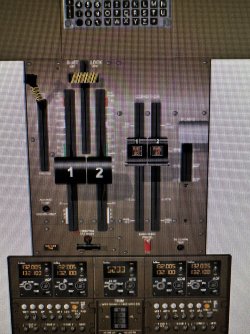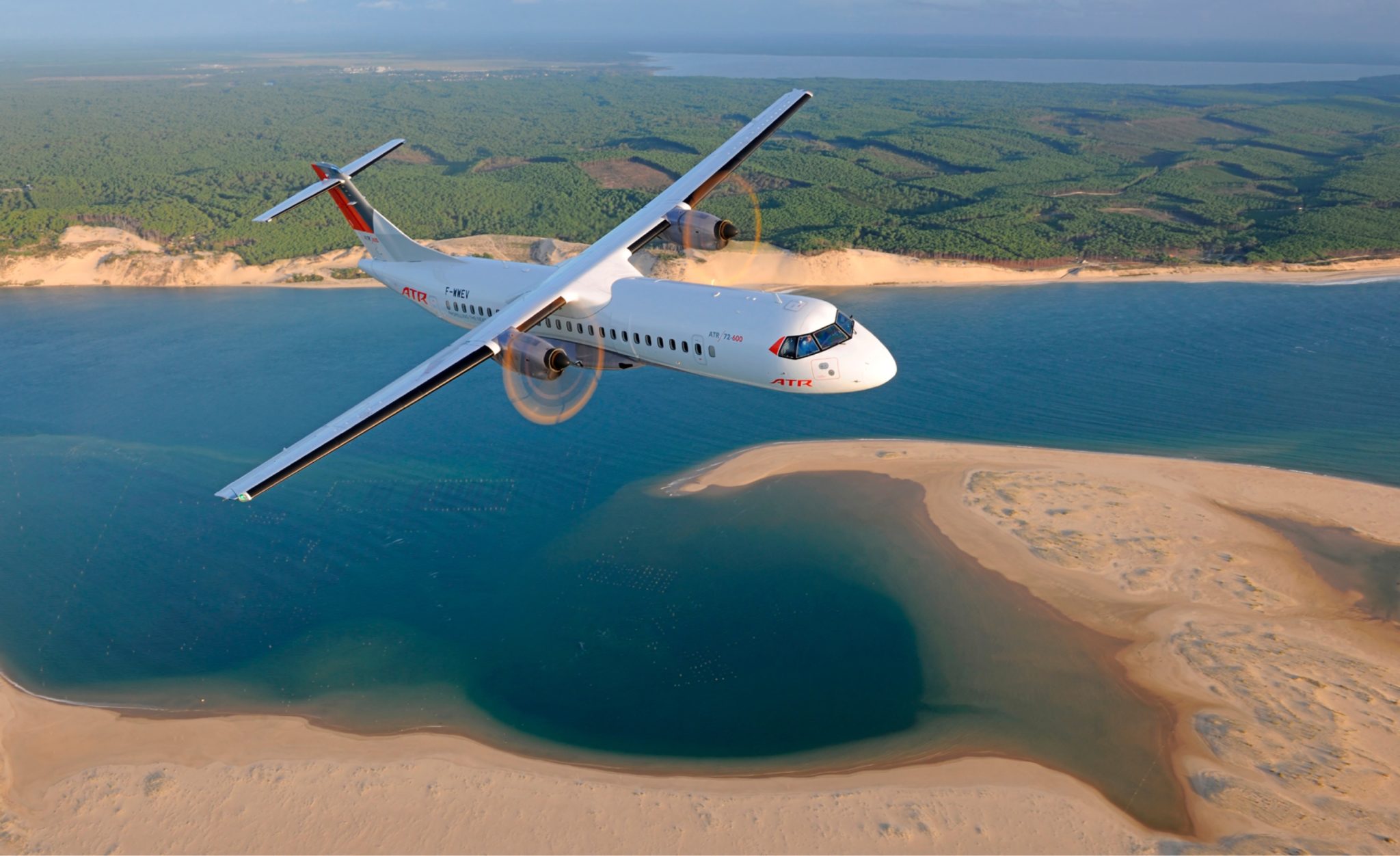The black sheep
Intern
- Joined
- Jan 17, 2023
- Posts
- 63
Hi all,
horrid thing!
I am not a pilot, but get some things about planes. It appeared to me that the plane was at a very slow speed, and that the pilot initiated a left turn, which instantaneously caused the left wing to stall. It is always the wing on the inside of a turn which stalls first. Once that wing stalled, at that altitude, there was no other outcome.
Without any insider knowledge, unless there was engine failure, overloading has to be the primary suspect.
horrid thing!
I am not a pilot, but get some things about planes. It appeared to me that the plane was at a very slow speed, and that the pilot initiated a left turn, which instantaneously caused the left wing to stall. It is always the wing on the inside of a turn which stalls first. Once that wing stalled, at that altitude, there was no other outcome.
Without any insider knowledge, unless there was engine failure, overloading has to be the primary suspect.
















